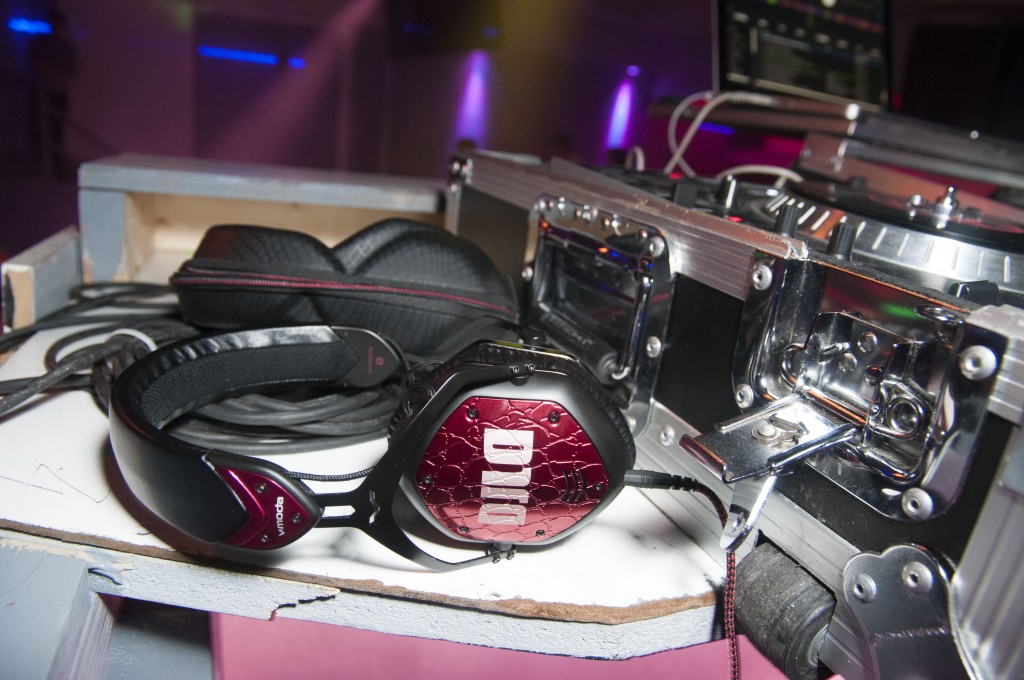According to Merriam-Webster, the definition of androgynous is, “having both male and female characteristics or qualities; suitable for both men and women.”
So, when you see fashion magazines and style blogs discussing and dissecting Jaden Smith’s skirt in an ad campaign or Kanye West’s heeled boots at fashion week or one of Harry Styles’ flowery blouses, this is what they’re talking about. Androgynous fashion is clothing that all sexes can wear without having to adhere to traditional gender norms. It’s like being able to walk into one store and have you and your best guy friend pull new looks from the same rack (provided you share the same style of course).
As weird as it may sound, the clothing really is sexually ambiguous. In general, it appears to require guys to dress in more flowing and draped pieces, while women might go for more sharp angles and well-defined lines. Which makes sense, because at its most basic, androgynous fashion is a mix matching of each person’s favorite things about what traditionally only the other sex would wear.
“I have always enjoyed the idea of androgynous dress,” says junior Hannah Worden, a human development and family studies major. “I love the idea of pretty men and handsome women because it opens up a whole new wardrobe for everyone.”
For those wondering when all this began, the answer is that it’s ancient history. Refinery29.com says in ancient Greece men were wearing heels way before women ever did. The 18th and 19th centuries required very strict guidelines for how each gender should dress, but still called for frills on the costumes of both sexes. In the 20th century, Coco Chanel brought pants into style for women everywhere. Audrey Hepburn had fun and looked good in styles both ‘girly’ and ‘boyish’ throughout her career. Yves Saint Laurent created ‘Le Smoking,’ the first tuxedo for women. The seventies and eighties brought Prince, Grace Jones and David Bowie into the spotlight for their bold unisex looks accented with make-up, jewelry and more.
As we move into the future, androgynous fashion is making more and more of a mark on the catwalks and in ad campaigns with each passing year. Earlier this year, Gucci, Acne Studios and Louis Vuitton all had their share of gender bending. On YouTube, it’s not just women giving (or attempting) the makeup tutorials anymore. This trend of ‘going with the fashion flow’ has been seeping into mainstream culture rather quickly over the last few years, and it shows no sign of stopping.
What does this mean for Penn State’s campus fashion? “I think that maybe in the future, people will dress more androgynously, but right now there is still a lot of ground to cover when it comes to [the acceptance of] gender expression and sexuality,” says Worden.
However, androgynous fashion isn’t just for celebrities or the plain old rich and fabulous anymore. It’s for whoever wants to wear it, wherever and whenever. Your threads don’t need to say Gucci or Women’s (or Men’s) to validate your style. If you’re doing you and doing it well, then you’re doing all right.






Ann Bi liked this on Facebook.
Ann Bi
Jessica Deem liked this on Facebook.
Sarah Leon liked this on Facebook.
Alexandra O’Donnell liked this on Facebook.
Kate Perkins liked this on Facebook.